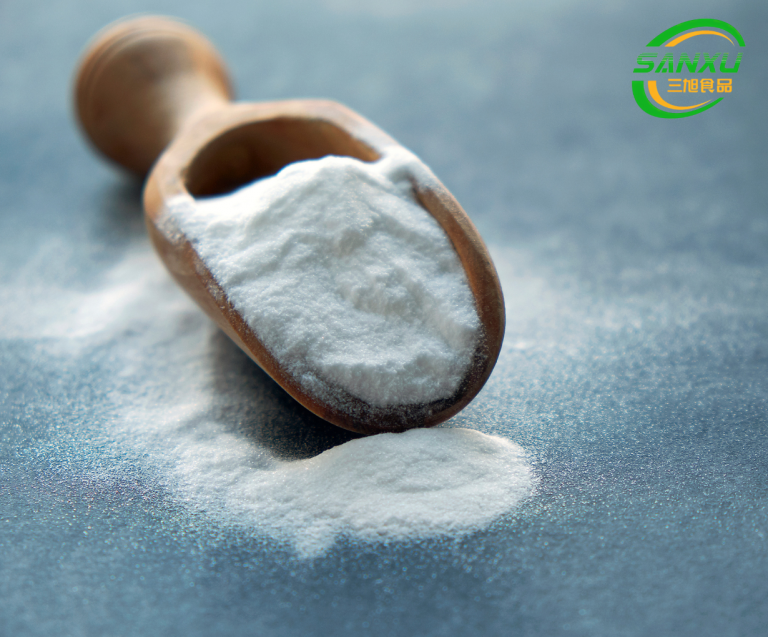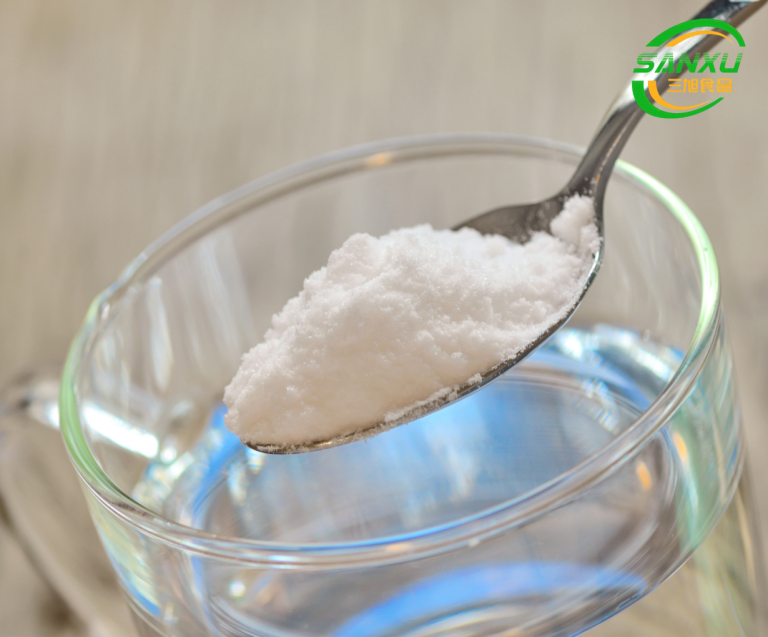Whatsapp:+8613375668511 Email: [email protected]
What are the functions of food ingredients?
Food ingredients are applied in various ways to achieve specific results in food preparation, processing, and preservation. Here’s how some common food ingredients are applied in different contexts:
1.Leavening Agents (Baking Powder, Baking Soda, Yeast):
- Cause dough to rise in baked goods, creating a light and porous texture.
- React with acids in the dough to produce carbon dioxide gas.
2.Preservatives (Calcium Propionate,Benzoates, Sorbates,):
- Extend the shelf life of foods by inhibiting the growth of bacteria, yeasts, and molds.
- Used in a variety of products, from soft drinks to bread.
3.Stabilizers and Thickeners (Pectin, Gelatin, Agar-Agar):
- Provide body and viscosity to foods like jams, jellies, and puddings.
- Used in confections and desserts for texture control.

4.Acids (Citric Acid, Malic Acid, Ascorbic Acid):
- Balance flavors and provide a tangy taste.
- Used as pH regulators and for their antioxidant properties.
5.Spices and Herbs:
- Add flavor, color, and aroma to a variety of dishes.
- Used for seasoning meats, vegetables, and sauces.
6.Flavor Enhancers (Monosodium Glutamate, Hydrolyzed Vegetable Protein):
- Enhance the existing flavors in food without adding their own distinct taste.
7.Coloring Agents (Annatto, Beetroot, Carotenoids):
- Improve the visual appeal of food products.
- Used in confectionery, beverages, and baked goods.
8.Sweeteners (High Fructose Corn Syrup, Stevia, Aspartame):
- Provide sweetness in reduced-calorie or sugar-free products.
- Used in diet beverages, desserts, and sugar substitutes.
9.Texture Modifiers (Cellulose Gum, Carrageenan):
- Modify the texture of food products to make them smoother or thicker.
- Used in ice cream, yogurt, and processed meats.
10.Nutrients (Vitamins, Minerals):
The application of food ingredients is a complex science that involves understanding the chemical and physical properties of each component and how they interact with one another in different food systems. Food scientists and technologists play a crucial role in developing new ingredients and applications to meet consumer demands for taste, nutrition, convenience, and safety.




